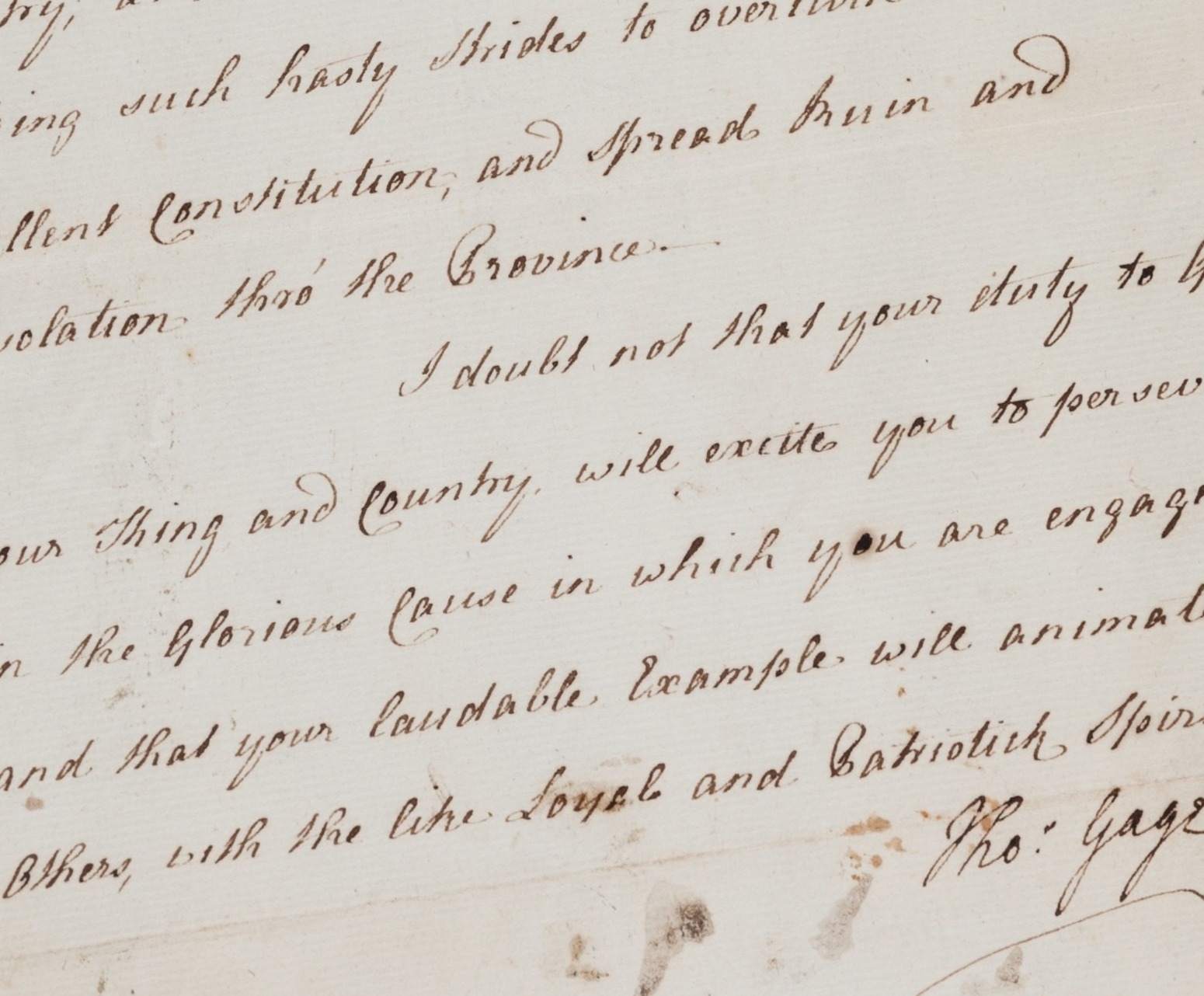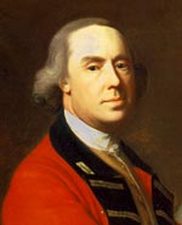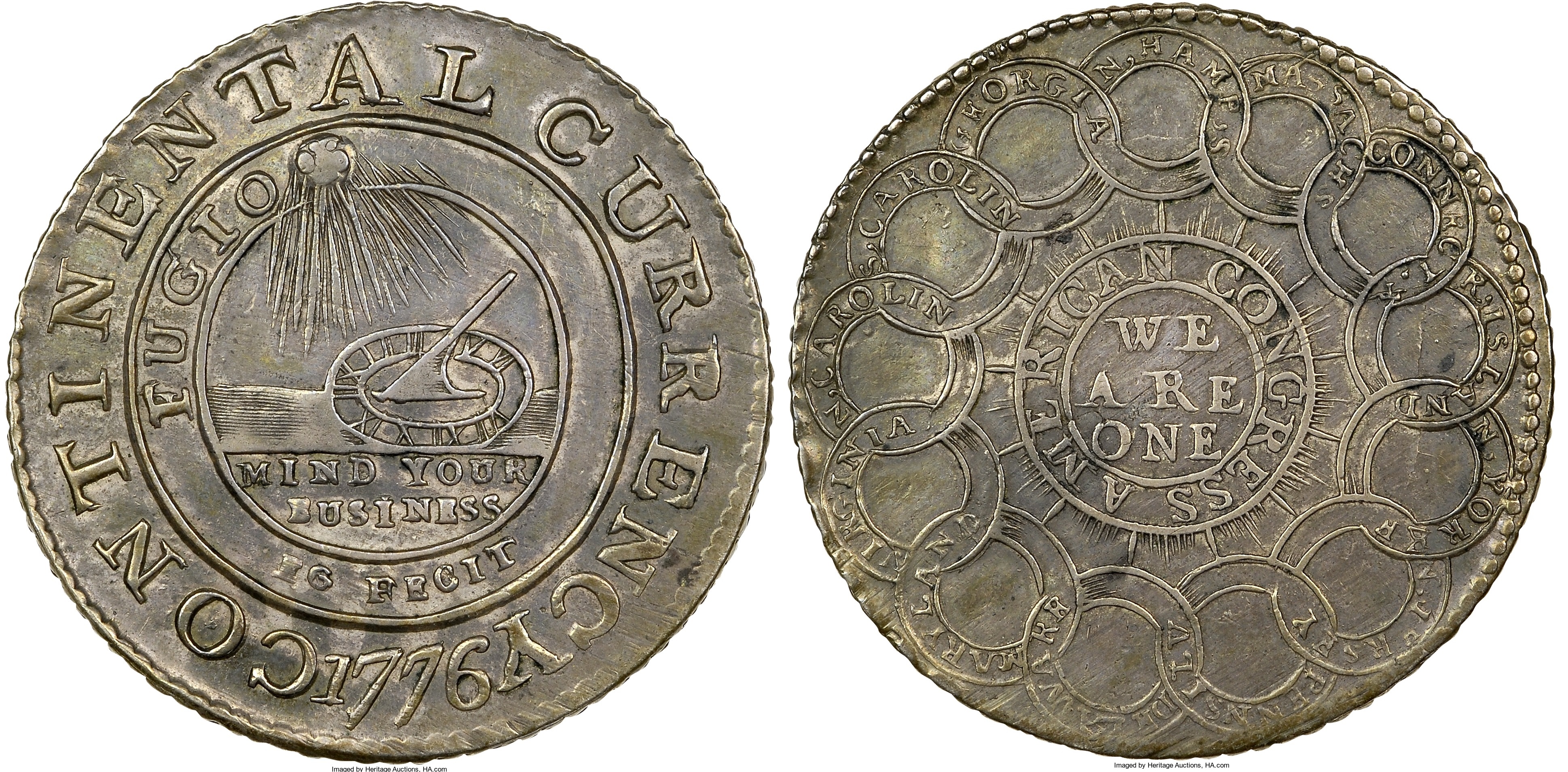
By Jim O’Neal
Thomas Gage was the general in charge of Great Britain’s forces in North America from 1763 to 1775. As commander-in-chief, he held the most powerful office in British America, although he spent a disproportionate amount of time in New York City, enjoying the lively social scene.
It was during Gage’s tenure that colonial tensions escalated over political acts in London, starting with the highly unpopular Stamp Act of 1765.

Although Gage and his family were in Great Britain in late 1773 and missed the Boston Tea Party (Dec. 16, 1773), it provoked the British Parliament to enact a series of punitive measures that became known as the Intolerable Acts (or the Coercive Acts). Since Gage had experience in North America that extended all the way back to the French and Indian War in 1755, he was selected to be the military governor of Massachusetts in early 1774. It was his job to implement the Acts and quell the nascent rebellion.
In April, John Hancock and Samuel Adams had decided to hide out in Lexington, Mass., in Hancock’s childhood home to avoid contact with the British as they made their way to the Second Continental Congress. It was a wise decision since Gage had received instructions from London to arrest them as ringleaders of the insurgency. He also planned to seize gunpowder that was stored in nearby Concord.
However, the patriots received a tip about the raid and Paul Revere was dispatched to warn Hancock and Adams. When British troops descended on Lexington on April 19, they were confronted by a small band of volunteers. Now-historic shots were fired, killing eight Americans and wounding 10, while the British lost a single horse before they moved on to Concord.
It was a much different story when the British proudly marched back to Boston in their crisp red uniforms. Suddenly, they were engulfed on all sides by armed men, many of them local farmers, who were protected by buildings, trees, rocks and fences. They were known as the Minutemen, since they were highly mobile, self-trained in weaponry, deadly accurate with firearms, and able to respond quickly to military threats.
The British, frantic to seek safety, scrambled back to Boston after 273 soldiers were either killed or wounded. The colonists lost 95 men and were now prepared to challenge the once-invincible British, despite the enormous difference in resources. A larger and longer conflict was finally ignited.
John Adams got it exactly right when he said, “The battle of Lexington on the 19th of April changed the instruments of warfare from the pen to the sword.”
 Intelligent Collector blogger JIM O’NEAL is an avid collector and history buff. He is president and CEO of Frito-Lay International [retired] and earlier served as chair and CEO of PepsiCo Restaurants International [KFC Pizza Hut and Taco Bell].
Intelligent Collector blogger JIM O’NEAL is an avid collector and history buff. He is president and CEO of Frito-Lay International [retired] and earlier served as chair and CEO of PepsiCo Restaurants International [KFC Pizza Hut and Taco Bell].


